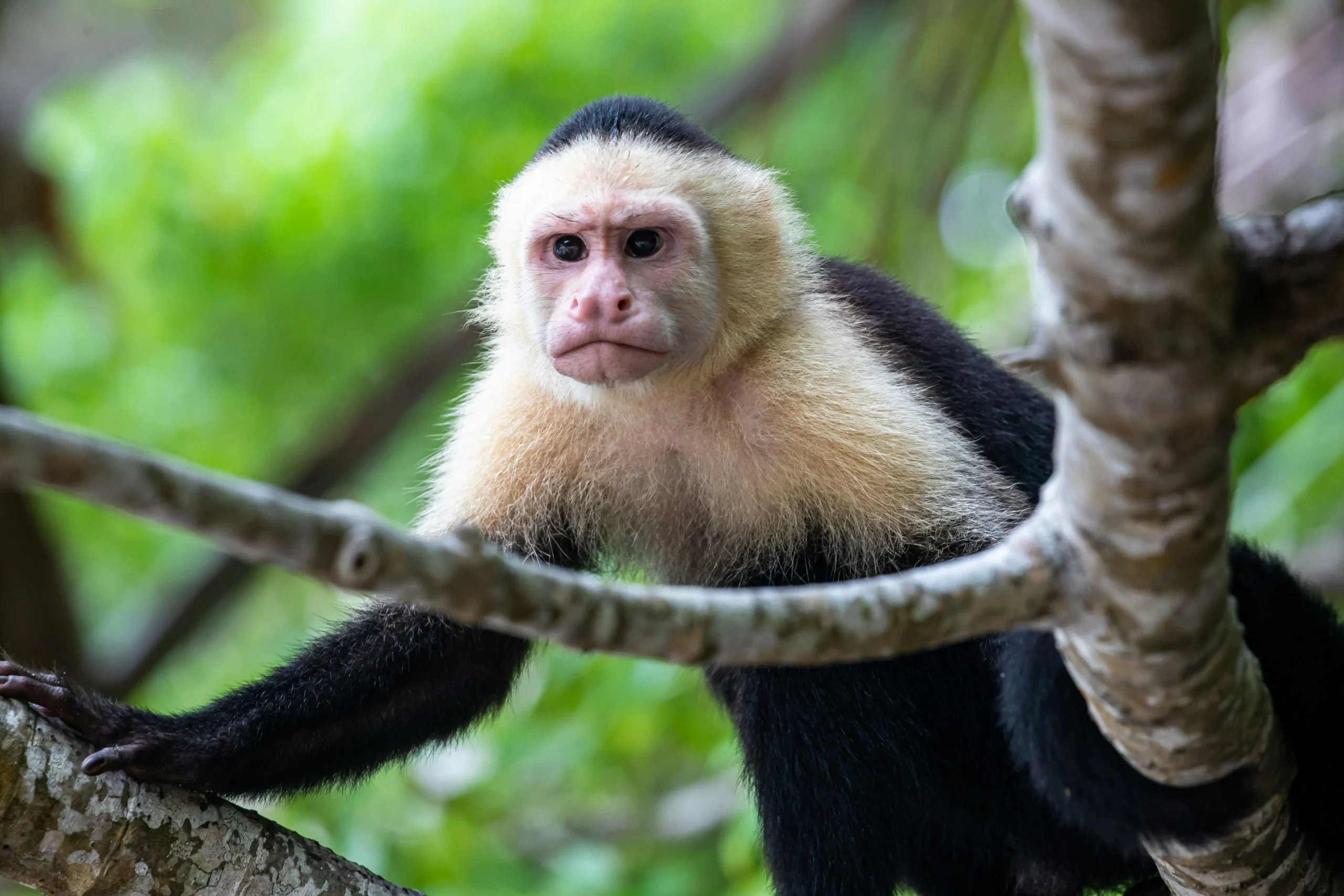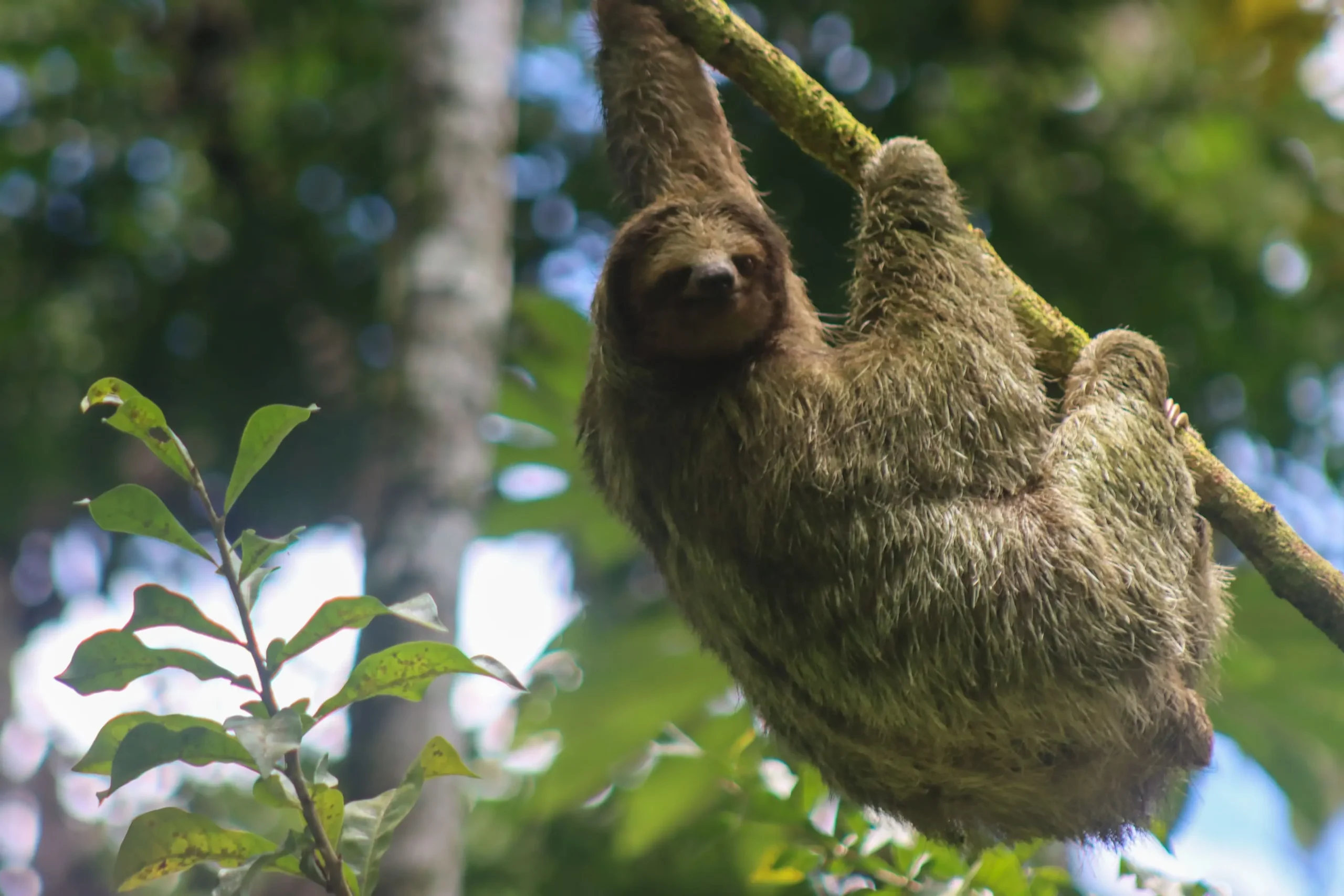Can a Monkey Eat a Sloth ?
Introduction Our Operation Sloth Tour La Fortuna
Eat a sloth
Eat a sloth In the intricate dance of the animal kingdom, predator-prey relationships often surprise us. One such intriguing question is: Can a monkey eat a sloth? Let’s delve into the diets, behaviors, and interactions of these two fascinating creatures to uncover the answer.
Understanding Monkey Diets
Can a Monkey Eat a Sloth? Understanding Monkey Diets
Omnivorous Appetites
Monkeys are typically omnivores, enjoying a varied diet that includes fruits, leaves, insects, and occasionally small animals. Their opportunistic feeding habits allow them to adapt to different environments and food availability.
Size and Strength Considerations Monkey & Sloths
While some larger monkey species might have the physical capability to overpower smaller animals, the idea of a monkey preying on a sloth is far-fetched. Sloths are comparable in size to many monkey species, making them unlikely targets.

Sloth Characteristics and Defense Mechanisms & Natural Predators of Sloths
Slow Movers with Stealth
Sloths are renowned for their deliberate movements, which help them avoid detection by predators. Their slow pace reduces noise and makes them less noticeable in the dense forest canopy.
Physical Defenses
Equipped with long, sharp claws, sloths can deliver a formidable swipe if threatened. This natural defense, combined with their strong grip, makes them challenging prey for many predators.
Big Cats and Birds of Prey
Sloths primarily fall prey to large predators such as jaguars, ocelots, and harpy eagles. These animals possess the necessary strength, speed, and hunting skills to catch and consume sloths.
Eco-Friendly and Sustainable Practices
Eco-friendly & Not crowded areas
Sustainability is at the core of Sloth Tour La Fortuna. The tour follows eco-friendly practices, including waste reduction, natural habitat preservation, and community involvement, which align with Costa Rica’s eco-conscious tourism model.
How We Help Conserve La Fortuna ?
By supporting local conservation projects and adhering to strict guidelines, Sloth Tour La Fortuna helps maintain the natural beauty and biodiversity of the region for future generations.
Partnerships with Local Communities
Working with nearby communities, the tour helps support local businesses and create jobs, fostering a sustainable tourism model that benefits both visitors and residents.

Monkeys & Sloths
Absence of Primate Predation
There is no documented evidence of monkeys preying on sloths. The two species often share habitats and may interact, but predation is not a typical aspect of their relationship.
Interactions Between Monkeys and Sloths
Interactions Between Monkeys and Sloths
-
Different lifestyles: Monkeys are fast, social, and eat fruits; sloths are slow, solitary, and eat leaves.
-
Conflicts: Rare. Sometimes monkeys (like capuchins) bother sloths out of curiosity, but they don’t hunt them.
-
Coexistence: They share the same trees but don’t compete for food.
-
Indirect benefits: Monkey alarm calls can alert sloths to predators.
-
Balance in the forest: Monkeys spread seeds, sloths help with canopy balance both keep the ecosystem healthy.
In short: Sloths and monkeys usually coexist peacefully, with little direct interaction.
-
Coexistence in the Canopy
Both sloths and monkeys inhabit the treetops of Central and South American forests. Their interactions are generally peaceful, with each species focusing on its own survival and dietary needs.

Are sloths ever aggressive towards monkeys?
Sloths are generally passive and rely on camouflage to avoid threats. They do not exhibit aggressive behavior towards monkeys.
Can sloths defend themselves against predators?
Yes, sloths possess long, sharp claws that can be used for defense. However, their primary means of avoiding predation are camouflage and minimal movement.
Do any primates prey on sloths?
There is no documented evidence of any primate species preying on sloths.
How do sloths avoid predators?
Sloths use a combination of slow movements, camouflage, and remaining high in the forest canopy to evade predators.

